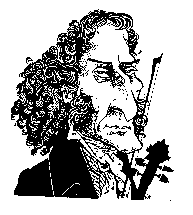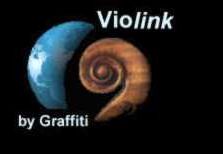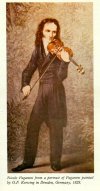.
![]()




I have been playing the violin for a long time. I have also not been playing for a long time too. I guess the height of my fiddler carrer was when I was actively involved in an orchestra, performing in Quartets for weddings and other functions. I really miss those days.
My aspiration: To make a violin at Cremona!!! Now there is a bit of science and engineering in this. Think about the antenna for a moment. No small antenna can resonate at a low frequency while maintaining much or any efficiency. Similarly, no violin can ever play a note like a cello or double bass! So this, is the law of nature. BUT, one ask, can this fundamental limit be broken, therefore defying the laws of nature???
|
This is probably the
best site that host and promotes the classical violin.
|
|
| THE STRAD is the world's leading magazine for players, teachers, makers and connoisseurs of stringed instruments | |
|
This site is hosted
by Fritz Reuter & Sons Inc. There are lots of educational information
in the site
|
|
The International Violinmakers School of Cremona Contains lots of information on violin making!! |
|
|
Cremona is the land
of the great violinmaking tradition, since Stradivari, Amati,
Guarneri up to today.
|
|
|
Site is hosted by Fritz
Reuter & Sons Inc.
|
|
|
Electric violin players,
makers, and resources
|
|
The Catgut Acoustical Society was founded to increase and diffuse the knowledge of musical acoustics and instruments, and to promote its practical applications. |
|
|
Research at University
of New South Wale , Australia
|






